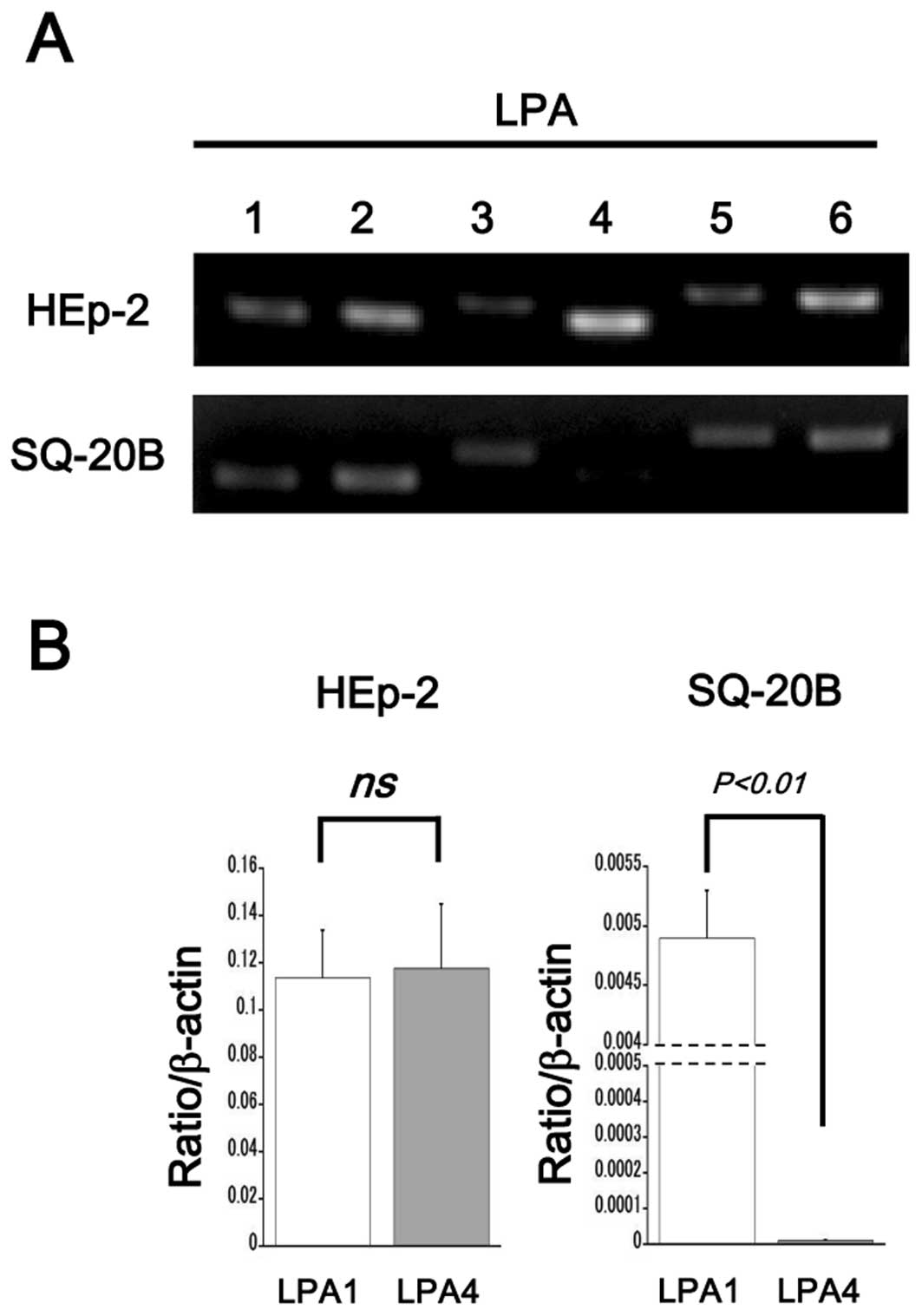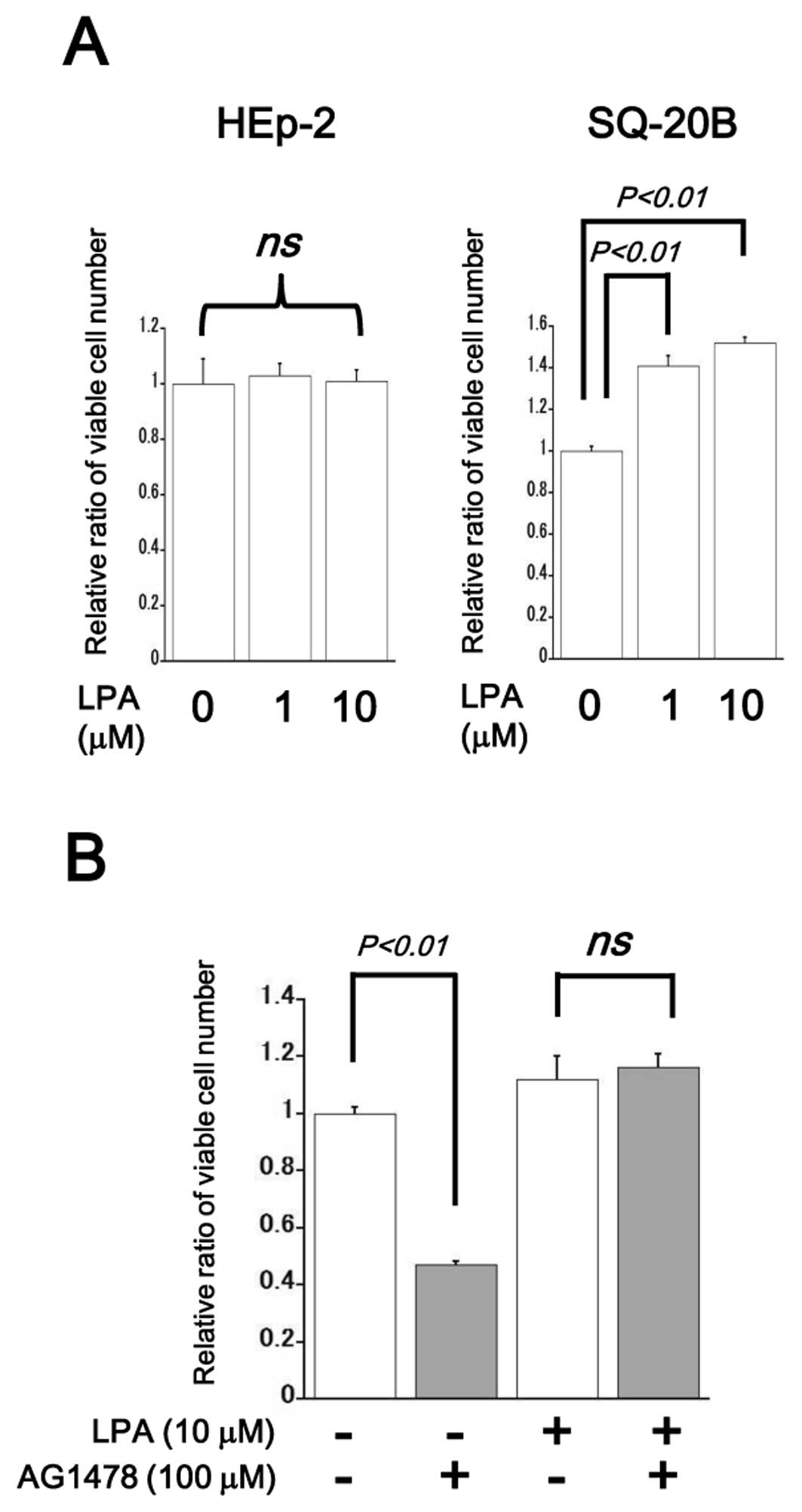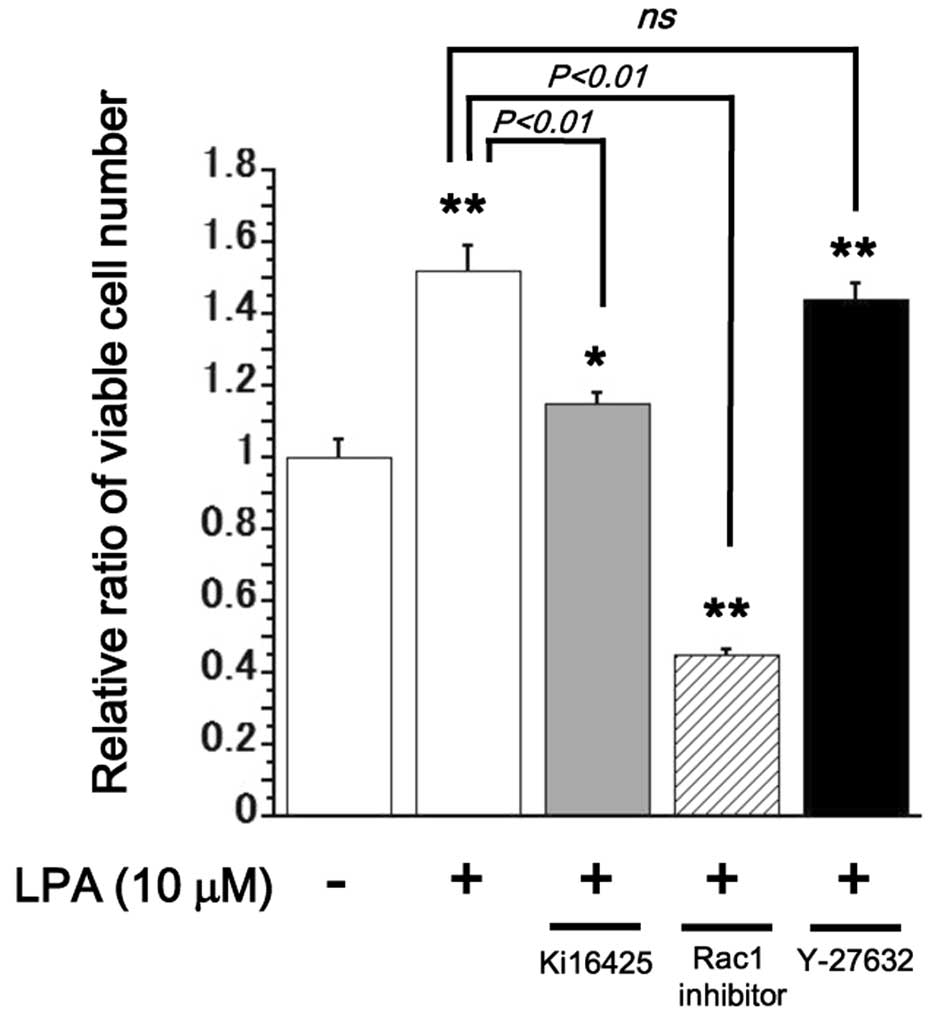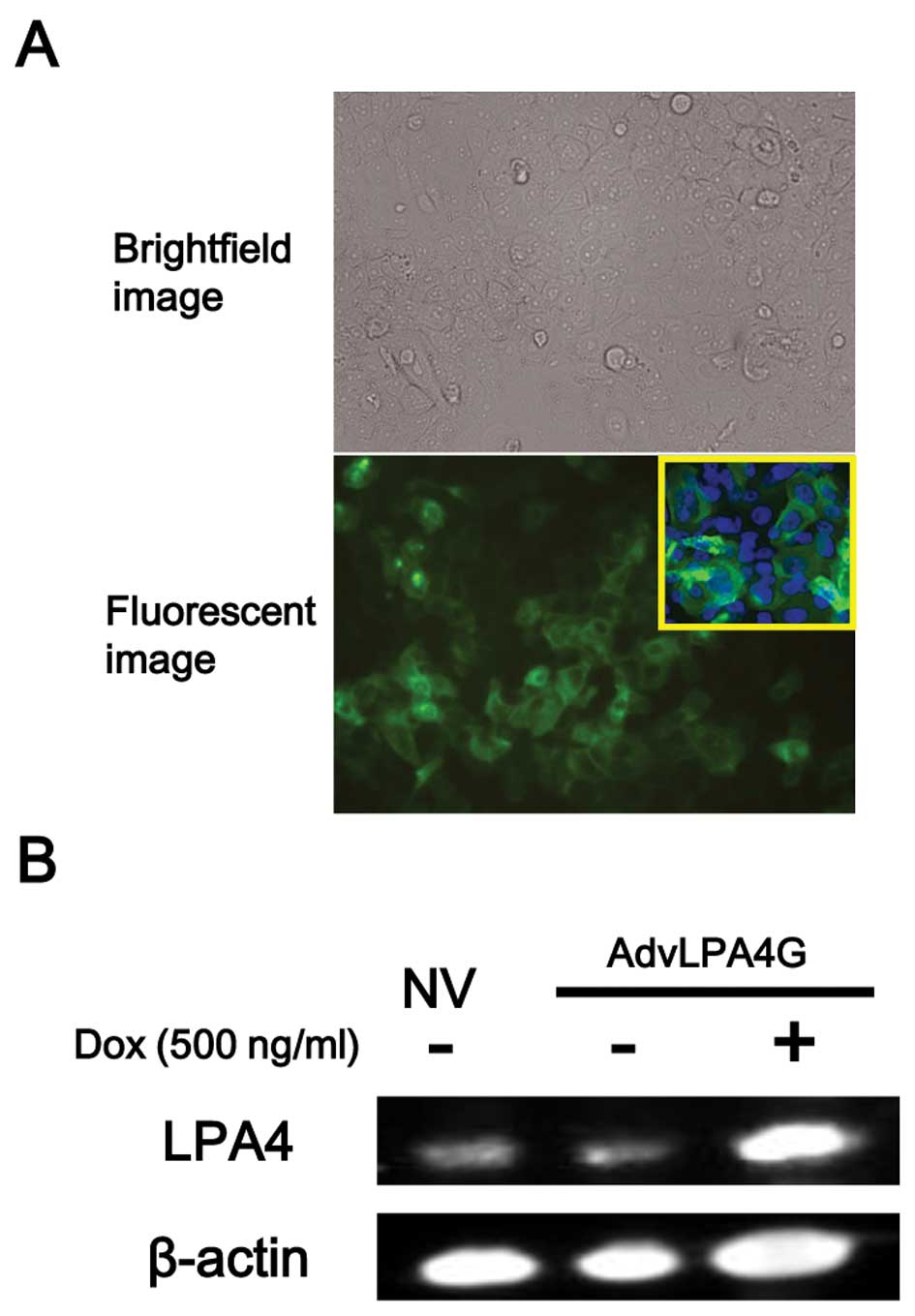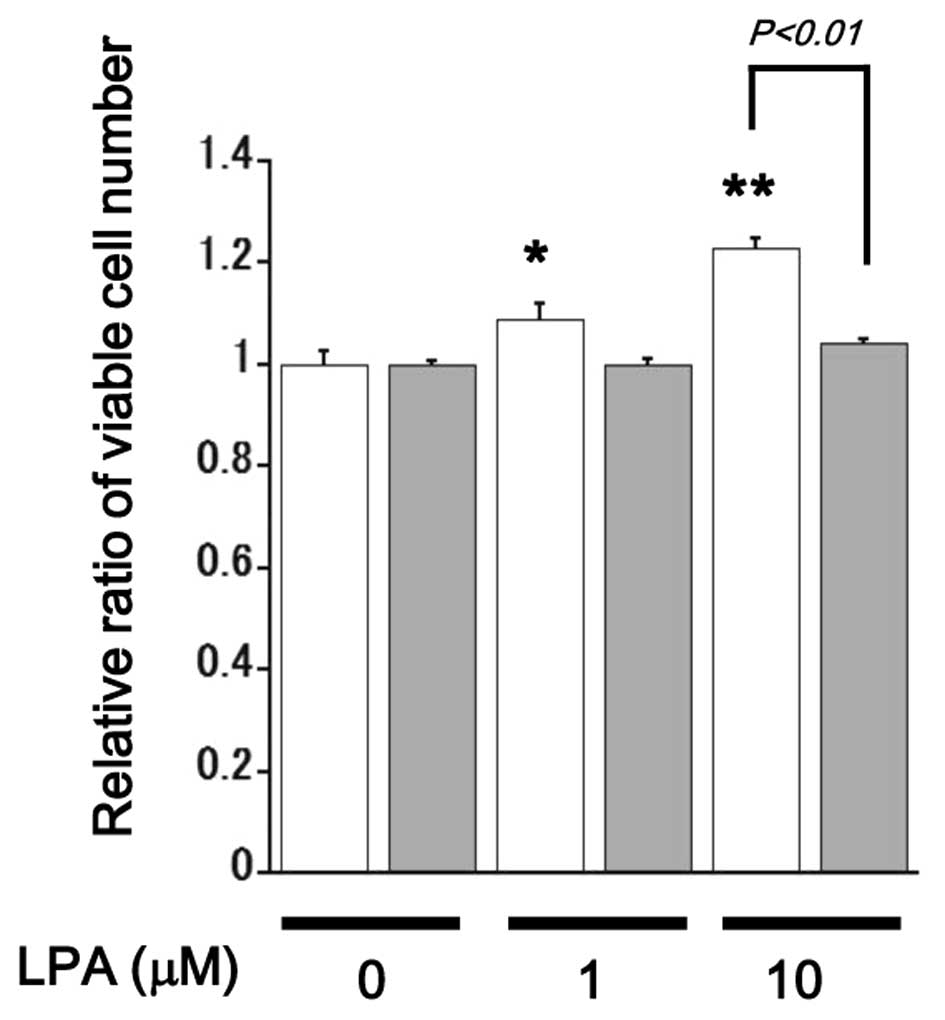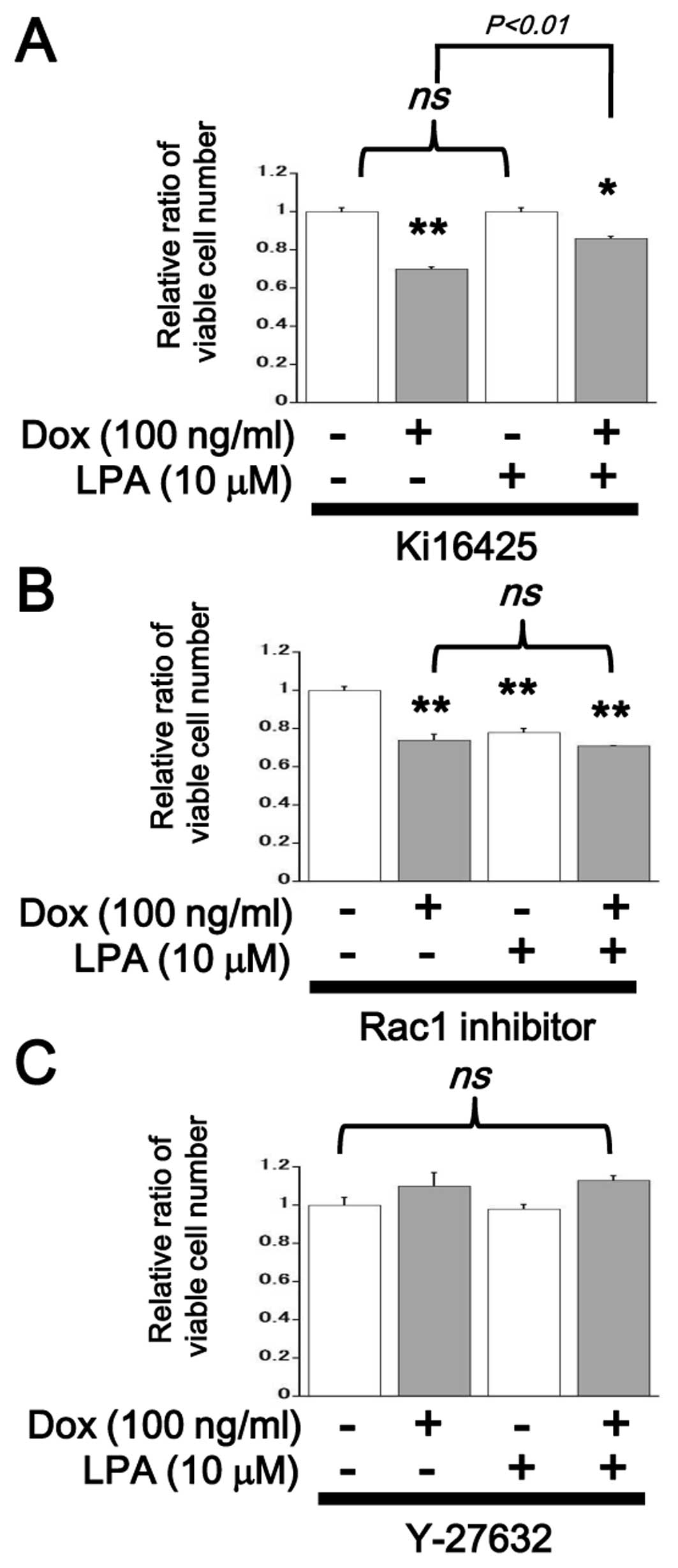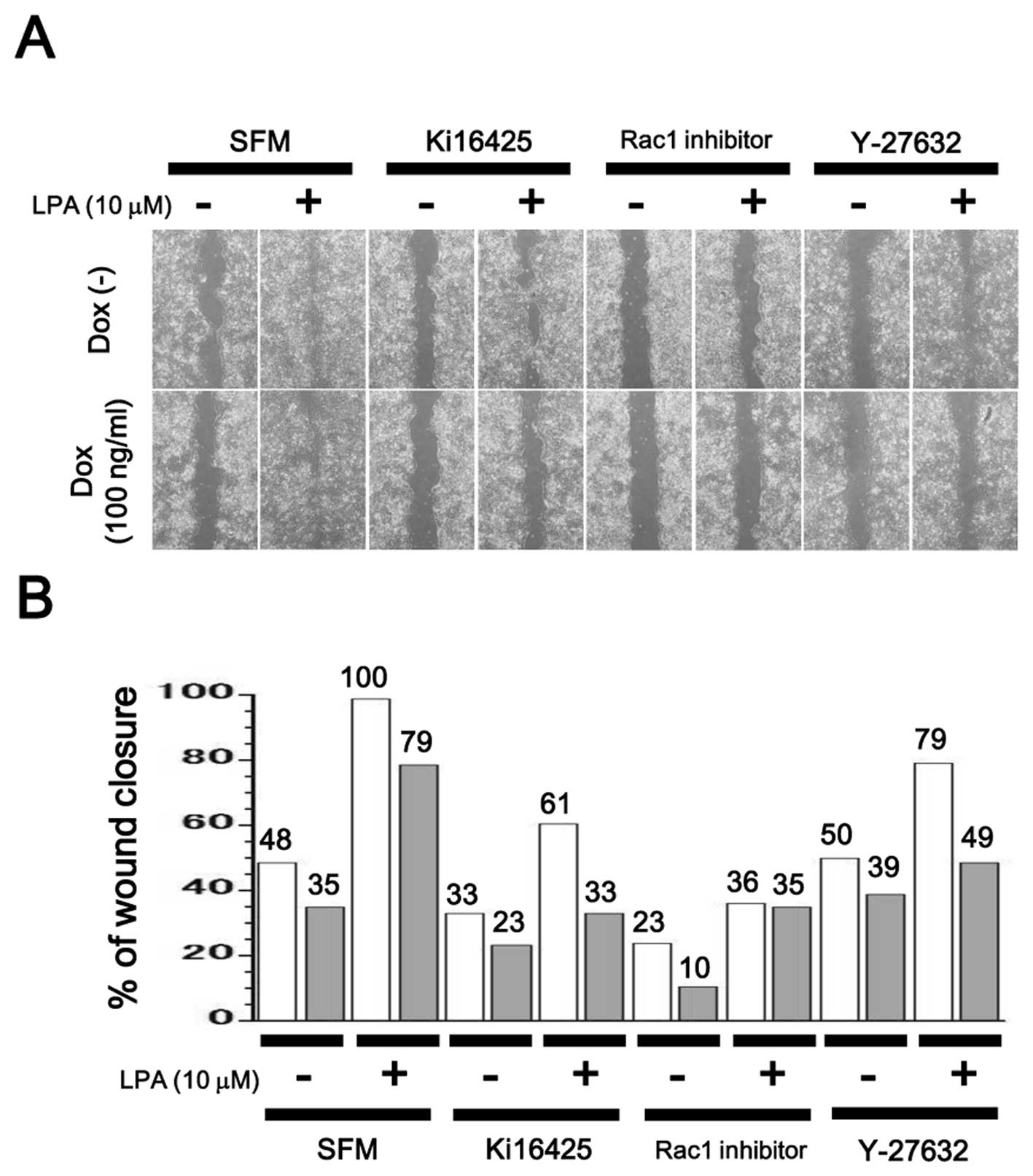|
1.
|
Ferlay J, Shin HR, Bray F, Forman D,
Mathers C and Parkin DM: Estimates of worldwide burden of cancer in
2008: GLOBOCAN 2008. Int J Cancer. 127:2893–2917. 2010. View Article : Google Scholar : PubMed/NCBI
|
|
2.
|
Argiris A, Karamouzis MV, Raben D and
Ferris RL: Head and neck cancer. Lancet. 371:1695–1709. 2008.
View Article : Google Scholar
|
|
3.
|
Matta A and Ralhan R: Overview of current
and future biologically based targeted therapies in head and neck
squamous cell carcinoma. Head Neck Oncol. 1:62009. View Article : Google Scholar : PubMed/NCBI
|
|
4.
|
Stransky N, Egloff AM, Tward AD, Kostic
AD, Cibulskis K, Sivachenko A, Kryukov GV, Lawrence MS, Sougnez C,
McKenna A, Shefler E, Ramos AH, Stojanov P, Carter SL, Voet D,
Cortés ML, Auclair D, Berger MF, Saksena G, Guiducci C, Onofrio RC,
Parkin M, Romkes M, Weissfeld JL, Seethala RR, Wang L,
Rangel-Escareño C, Fernandez-Lopez JC, Hidalgo-Miranda A,
Melendez-Zajgla J, Winckler W, Ardlie K, Gabriel SB, Meyerson M,
Lander ES, Getz G, Golub TR, Garraway LA and Grandis JR: The
mutational landscape of head and neck squamous cell carcinoma.
Science. 333:1157–1160. 2011. View Article : Google Scholar : PubMed/NCBI
|
|
5.
|
Molinolo AA, Amornphimoltham P, Squarize
CH, Castilho RM, Patel V and Gutkind JS: Dysregulated molecular
networks in head and neck carcinogenesis. Oral Oncol. 45:324–334.
2009. View Article : Google Scholar : PubMed/NCBI
|
|
6.
|
Gendaszewska-Darmach E: Lysophosphatidic
acids, cyclic phosphatidic acids and autotaxin as promising targets
in therapies of cancer and other diseases. Acta Biochim Pol.
55:227–240. 2008.PubMed/NCBI
|
|
7.
|
Mills GB and Moolenaar WH: The emerging
role of lysophosphatidic acid in cancer. Nat Rev Cancer. 3:582–591.
2003. View
Article : Google Scholar : PubMed/NCBI
|
|
8.
|
Moolenaar WH: Lysophospholipids in the
limelight: autotaxin takes center stage. J Cell Biol. 158:197–199.
2002. View Article : Google Scholar : PubMed/NCBI
|
|
9.
|
Umezu-Goto M, Kishi Y, Taira A, Hama K,
Dohmae N, Takio K, Yamori T, Mills GB, Inoue K, Aoki J and Arai H:
Autotaxin has lysophospholipase D activity leading to tumor cell
growth and motility by lysophosphatidic acid production. J Cell
Biol. 158:227–233. 2002. View Article : Google Scholar : PubMed/NCBI
|
|
10.
|
Tanaka M, Okudaira S, Kishi Y, Ohkawa R,
Iseki S, Ota M, Noji S, Yatomi Y, Aoki J and Arai H: Autotaxin
stabilizes blood vessels and is required for embryonic vasculature
by producing lysophosphatidic acid. J Biol Chem. 281:25822–25830.
2006. View Article : Google Scholar
|
|
11.
|
Yanagida K and Ishii S: Non-Edg family LPA
receptors: the cutting edge of LPA research. J Biochem.
150:223–232. 2011. View Article : Google Scholar : PubMed/NCBI
|
|
12.
|
Choi JW, Herr DR, Noguchi K, Yung YC, Lee
CW, Mutoh T, Lin ME, Teo ST, Park KE, Mosley AN and Chun J: LPA
receptors: subtypes and biological actions. Annu Rev Pharmacol
Toxicol. 50:157–186. 2010. View Article : Google Scholar : PubMed/NCBI
|
|
13.
|
Meyer Zu Heringdorf D and Jakobs KH:
Lysophospholipid receptors: signalling, pharmacology and regulation
by lysophospholipid metabolism. Biochim Biophys Acta. 1768:923–940.
2007.PubMed/NCBI
|
|
14.
|
Noguchi K, Ishii S and Shimizu T:
Identification of p2y9/GPR23 as a novel G protein-coupled receptor
for lysophosphatidic acid, structurally distant from the Edg
family. J Biol Chem. 278:25600–25606. 2003. View Article : Google Scholar : PubMed/NCBI
|
|
15.
|
Lee CW, Rivera R, Dubin AE and Chun J:
LPA(4)/GPR23 is a lysophosphatidic acid (LPA) receptor utilizing
G(s)-, G(q)/G(i)-mediated calcium signaling and G(12/13)-mediated
Rho activation. J Biol Chem. 282:4310–4317. 2007. View Article : Google Scholar : PubMed/NCBI
|
|
16.
|
Yanagida K, Ishii S, Hamano F, Noguchi K
and Shimizu T: LPA4/p2y9/GPR23 mediates rho-dependent morphological
changes in a rat neuronal cell line. J Biol Chem. 282:5814–5824.
2007. View Article : Google Scholar : PubMed/NCBI
|
|
17.
|
Lee Z, Cheng CT, Zhang H, Subler MA, Wu J,
Mukherjee A, Windle JJ, Chen CK and Fang X: Role of LPA4/p2y9/GPR23
in negative regulation of cell motility. Mol Biol Cell.
19:5435–5445. 2008. View Article : Google Scholar : PubMed/NCBI
|
|
18.
|
Liu YB, Kharode Y, Bodine PV, Yaworsky PJ,
Robinson JA and Billiard J: LPA induces osteoblast differentiation
through interplay of two receptors: LPA1 and LPA4. J Cell Biochem.
109:794–800. 2010.PubMed/NCBI
|
|
19.
|
Gschwind A, Prenzel N and Ullrich A:
Lysophosphatidic acid-induced squamous cell carcinoma cell
proliferation and motility involves epidermal growth factor
receptor signal transactivation. Cancer Res. 62:6329–6336.
2002.
|
|
20.
|
Suzuki Y, Ozawa Y, Murakami K and Miyazaki
H: Lysophosphatidic acid inhibits epidermal-growth-factor-induced
Stat1 signaling in human epidermoid carcinoma A431 cells. Biochem
Biophys Res Commun. 240:856–861. 1997. View Article : Google Scholar : PubMed/NCBI
|
|
21.
|
Rolin J and Maghazachi AA: Effects of
lysophospholipids on tumor microenvironment. Cancer Microenviron.
4:393–403. 2011. View Article : Google Scholar : PubMed/NCBI
|
|
22.
|
Toyozumi Y, Arima N, Izumaru S, Kato S,
Morimatsu M and Nakashima T: Loss of caspase-8 activation pathway
is a possible mechanism for CDDP resistance in human laryngeal
squamous cell carcinoma, HEp-2 cells. Int J Oncol. 25:721–728.
2004.PubMed/NCBI
|
|
23.
|
Weichselbaum RR, Dahlberg W, Beckett M,
Karrison T, Miller D, Clark J and Ervin TJ: Radiation-resistant and
repair-proficient human tumor cells may be associated with
radiotherapy failure in head- and neck-cancer patients. Proc Natl
Acad Sci USA. 83:2684–2688. 1986. View Article : Google Scholar : PubMed/NCBI
|
|
24.
|
Msaki A, Sánchez AM, Koh LF, Barré B,
Rocha S, Perkins ND and Johnson RF: The role of RelA (p65)
threonine 505 phosphor-ylation in the regulation of cell growth,
survival and migration. Mol Biol Cell. 22:3032–3040. 2011.
View Article : Google Scholar : PubMed/NCBI
|
|
25.
|
Uehata M, Ishizaki T, Satoh H, Ono T,
Kawahara T, Morishita T, Tamakawa H, Yamagami K, Inui J, Maekawa M
and Narumiya S: Calcium sensitization of smooth muscle mediated by
a Rho-associated protein kinase in hypertension. Nature.
389:990–994. 1997. View
Article : Google Scholar : PubMed/NCBI
|
|
26.
|
Lee CW, Rivera R, Gardell S, Dubin AE and
Chun J: GPR92 as a new G12/13- and Gq-coupled lysophosphatidic acid
receptor that increases cAMP, LPA5. J Biol Chem. 281:23589–23597.
2006. View Article : Google Scholar : PubMed/NCBI
|
|
27.
|
Yanagida K, Masago K, Nakanishi H, Kihara
Y, Hamano F, Tajima Y, Taguchi R, Shimizu T and Ishii S:
Identification and characterization of a novel lysophosphatidic
acid receptor, p2y5/LPA6. J Biol Chem. 284:17731–17741. 2009.
View Article : Google Scholar : PubMed/NCBI
|
|
28.
|
Bhave SL, Teknos TN and Pan Q: Molecular
parameters of head and neck cancer metastasis. Crit Rev Eukaryot
Gene Expr. 21:143–153. 2011. View Article : Google Scholar
|
|
29.
|
Hall A: Rho GTPases and the control of
cell behaviour. Biochem Soc Trans. 33:891–895. 2005. View Article : Google Scholar : PubMed/NCBI
|
|
30.
|
Routhier A, Astuccio M, Lahey D, Monfredo
N, Johnson A, Callahan W, Partington A, Fellows K, Ouellette L,
Zhidro S, Goodrow C, Smith A, Sullivan K, Simone P, Le L, Vezuli B,
Zohni M, West E, Gleason D and Bryan B: Pharmacological inhibition
of Rho-kinase signaling with Y-27632 blocks melanoma tumor growth.
Oncol Rep. 23:861–867. 2010.PubMed/NCBI
|
|
31.
|
Moore KA, Sethi R, Doanes AM, Johnson TM,
Pracyk JB, Kirby M, Irani K, Goldschmidt-Clermont PJ and Finkel T:
Rac1 is required for cell proliferation and G2/M progression.
Biochem J. 326:17–20. 1997.PubMed/NCBI
|
|
32.
|
Mack NA, Whalley HJ, Castillo-Lluva S and
Malliri A: The diverse roles of Rac signaling in tumorigenesis.
Cell Cycle. 10:1571–1581. 2011. View Article : Google Scholar : PubMed/NCBI
|
|
33.
|
Shoval I and Kalcheim C: Antagonistic
activities of Rho and Rac GTPases underlie the transition from
neural crest delamination to migration. Dev Dyn. 241:1155–1168.
2012. View Article : Google Scholar : PubMed/NCBI
|
|
34.
|
Guilluy C, Garcia-Mata R and Burridge K:
Rho protein crosstalk: another social network? Trends Cell Biol.
21:718–726. 2011. View Article : Google Scholar : PubMed/NCBI
|
|
35.
|
Kramer RH, Shen X and Zhou H: Tumor cell
invasion and survival in head and neck cancer. Cancer Metastasis
Rev. 24:35–45. 2005. View Article : Google Scholar : PubMed/NCBI
|
|
36.
|
Abraham MT, Kuriakose MA, Sacks PG, Yee H,
Chiriboga L, Bearer EL and Delacure MD: Motility-related proteins
as markers for head and neck squamous cell cancer. Laryngoscope.
111:1285–1289. 2001. View Article : Google Scholar : PubMed/NCBI
|
|
37.
|
Abe M, Sogabe Y, Syuto T, Yokoyama Y and
Ishikawa O: Evidence that PI3K, Rac, Rho and Rho kinase are
involved in basic fibroblast growth factor-stimulated
fibroblast-collagen matrix contraction. J Cell Biochem.
102:1290–1299. 2007. View Article : Google Scholar : PubMed/NCBI
|
|
38.
|
Harper K, Arsenault D, Boulay-Jean S,
Lauzier A, Lucien F and Dubois CM: Autotaxin promotes cancer
invasion via the lysophosphatidic acid receptor 4: participation of
the cyclic AMP/EPAC/Rac1 signaling pathway in invadopodia
formation. Cancer Res. 70:4634–4643. 2010. View Article : Google Scholar : PubMed/NCBI
|
|
39.
|
Zhang C, Baker DL, Yasuda S, Makarova N,
Balazs L, Johnson LR, Marathe GK, McIntyre TM, Xu Y, Prestwich GD,
Byun HS, Bittman R and Tigyi G: Lysophosphatidic acid induces
neointima formation through PPARgamma activation. J Exp Med.
199:763–774. 2004. View Article : Google Scholar : PubMed/NCBI
|
|
40.
|
Liliom K, Tsukahara T, Tsukahara R,
Zelman-Femiak M, Swiezewska and Tigyi G: Farnesyl phosphates are
endogenous ligands of lysophosphatidic acid receptors: inhibition
of LPA GPCR and activation of PPARs. Biochim Biophys Acta.
1761:1506–1514. 2006. View Article : Google Scholar : PubMed/NCBI
|
|
41.
|
Tsukahara T: The role of PPARγ in the
transcriptional control by agonists and antagonists. PPAR Res.
2012:3623612012.
|
|
42.
|
Rodway HA, Hunt AN, Kohler JA, Postle AD
and Lillycrop KA: Lysophosphatidic acid attenuates the cytotoxic
effects and degree of peroxisome proliferator-activated receptor
gamma activation induced by 15-deoxyDelta12,14-prostaglandin J2 in
neuroblastoma cells. Biochem J. 382:83–91. 2004. View Article : Google Scholar
|















